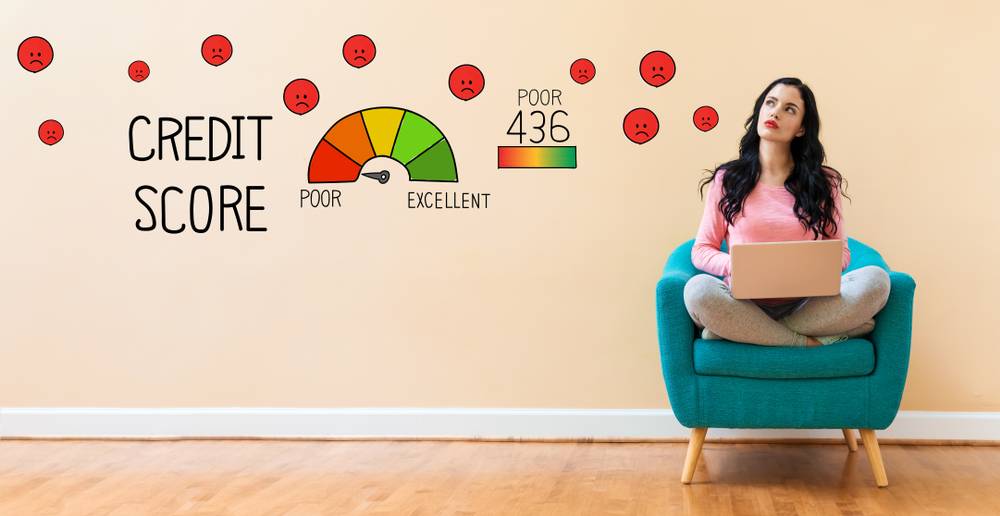
Your FICO score takes several different factors into account, and your credit utilization ratio is one of the most important that can determine your creditworthiness.
If you’re wondering how long it takes to improve credit score and other factors, it’s crucial to understand how credit utilization works to use it to your advantage.
Read on to learn more about this financial term so you can make changes and see how to improve or remove what’s on your credit report.
Credit Utilization Defined
The ratio of your current outstanding credit card balances to the actual credit card limits is called credit utilization. This formula looks at the amount of available credit you have to the amount of credit you’re currently using. Knowing this number can also play a significant role in figuring out your budget.
An example of credit utilization would be if you have a credit card limit of $1,000 and you currently have a balance of $300; your utilization rate is 30 percent. Let’s say you add more charges on that same card, and now your balance is up to $500. This means your utilization rate has now increased to 50 percent.
Claim up to $26,000 per W2 Employee
- Billions of dollars in funding available
- Funds are available to U.S. Businesses NOW
- This is not a loan. These tax credits do not need to be repaid
Creditors look at your utilization rate to determine whether or not you appear to be smart with your money. The higher your credit card balances are in proportion to your available credit, the higher your utilization rate and the less favorable you’ll appear to creditors.
FICO takes several factors into account when calculating your score, like payment history, length of credit, and how many credit inquiries you’ve had. Your credit utilization rate accounts for a whopping 30 percent of your score.
How to Keep Your Utilization Rate Down
You want to keep your utilization rate low for all of your credit cards. To do this, you need to list your debts and your current available credit for each card.
Transfer some of your balances over to another card to get a more evened-out rate of utilization. You can also start to pay off debt and your bad credit loans in Utah using the snowball method or any other smart strategy so that your balances are lower overall.
The less money you spend with the amount of available credit you have, the better your utilization rate will be. Some consumers prefer to use the AZEO method, which means that All Balances are Zero Except One card.
Try your best to spread your expenses across several cards if you absolutely must use credit. Ideally, you should not use credit cards for purchases unless you have to. The goal is to have more cards with low or no balances than those with rolling balances whenever possible.
If you cannot regulate your credit card balances, you could even ask your credit card issuer to increase your credit limit. Though this may not be an easy option and depend on various factors like your income, credit history, you could at least give it a shot if nothing works.
Improve Your Credit with Lower Utilization Ratios
When you ask how long it takes to improve a credit score, the answer can vary greatly. Keeping your credit utilization rate low is one way you can raise your scores faster.
You may think of bringing your credit utilization to 0 percent. Having a nil ratio could also mean you don’t use any of your available credit. But that’s not what you should aim for. Using your credit cards in moderation and keeping your credit utilization ratio not more than 30% can give an excellent boost to your credit card score.



